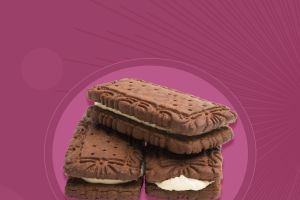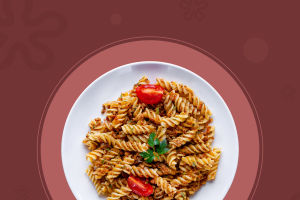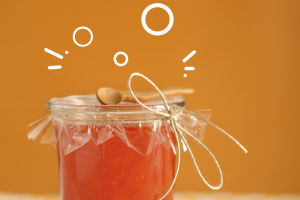Everyone loves ice cream in summer, but do you know what ingredients ice cream is made of? It is mainly composed of the following six parts, the number one you definitely did not expect.
Air: Ordinary ice cream generally accounts for about 50% (ie 100% expansion rate), depending on the type of ice cream. These small bubbles dispersed in the ice cream, although tasteless, largely determine the fluffiness of the ice cream. The more air, the higher the expansion rate, and the softer the taste of the ice cream. Those who like a mellow taste should choose ice cream with a lower expansion rate, such as Italian ice cream (expansion rate of 20-30%) and juice slush (expansion rate). almost 0).
Ice crystals: about 30%, come from the crystallization of water in each component. The size of the ice crystals affects the graininess of the ice cream. Choose to eat ice cream instead of smoothies, of course, for its smooth texture, so we need to keep the ice crystals as small as possible.
Sugar: about 15%, can be sucrose, honey, syrup, etc. The main role of sugar is naturally to be responsible for sweetness, but at the same time it can improve the texture of ice cream, lower its freezing point, and make it less likely to freeze into ice cubes. Therefore, reducing sugar will not only weaken the "sweet temptation" that makes the brain produce dopamine, but also affect the formation of ice cream.
Fat: about 5%, usually from milk (including cream, butter and other dairy products), mainly triglycerides. Don't talk about fat and resist it. The mellow taste of ice cream mainly depends on it, and it also brings a delicate and smooth texture to the ice cream.
Protein: Mainly derived from casein and whey protein in milk. They wrap around the fat droplets and prevent them from "clumping up", which allows the fat to be more evenly dispersed in the water rather than layered with the water.
Emulsifier: Another important medium that "matches" together fat and water that were originally "disgusting" with each other. Essentially, it is a surfactant, which has both a hydrophilic group that can bind water molecules and a lipophilic group that can surround fat molecules. The decontamination action of detergents such as soap utilizes the same principle. Egg yolks can be used for home-made ice cream, while polysorbate 80 is generally used in food manufacturing.
Ice cream is also divided into high-quality and low-quality ice cream. The key to high-quality ice cream is the ratio of the mixture, which can balance the structure of ice crystals, condensed whipped cream and air.
Less water and finer ice crystals may result in a smoother ice cream texture; too much sugar and the ice cream will become brittle; and too much milk fat will make it greasy. The right overrun will make the ice cream softer and lighter, but still rich. In general, the standard formula of ordinary ice cream is about: 60% moisture, 15% sugar, and 10-20% milk fat. High-quality ice cream should have a dense and soft, mellow and smooth taste, with the frankincense of the ice cream to set off the flavor of other natural ingredients, healthy and low-fat, with few additives.
Ice cream is a cold snack. It has a sweet taste and can cool off the heat. It has become the most popular food for everyone in summer. Everyone likes to eat a lot of ice cream before or after meals, euphemistically called after meals or before meals. There is nothing inherently wrong with the dessert, but the body is hot after eating, and it becomes cold in an instant when eating ice cream, and it is easy to cause abdominal pain in such a hot and cold situation. Yes, especially it is easy to have diarrhea, so it is better not to eat ice cream immediately after a meal.


